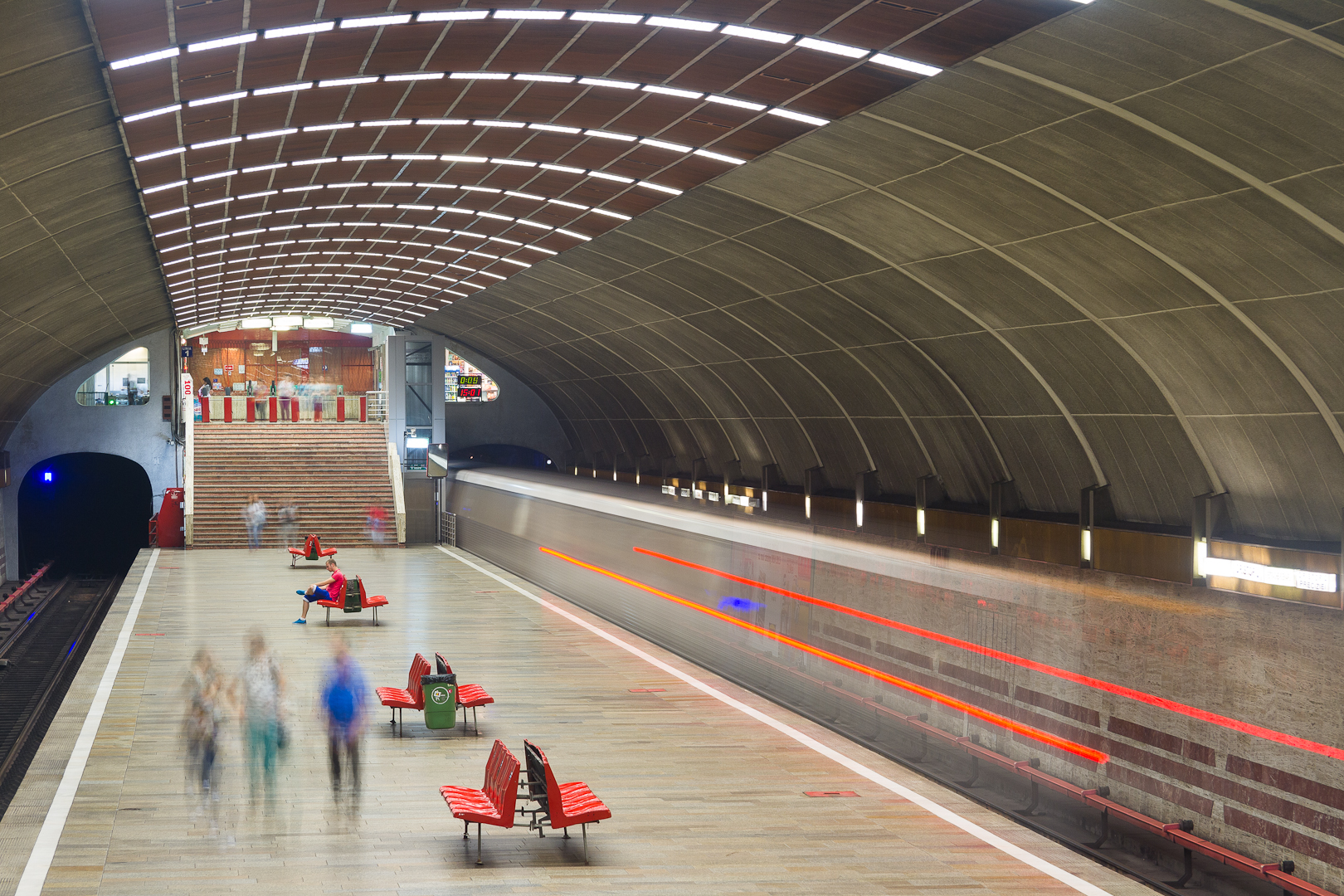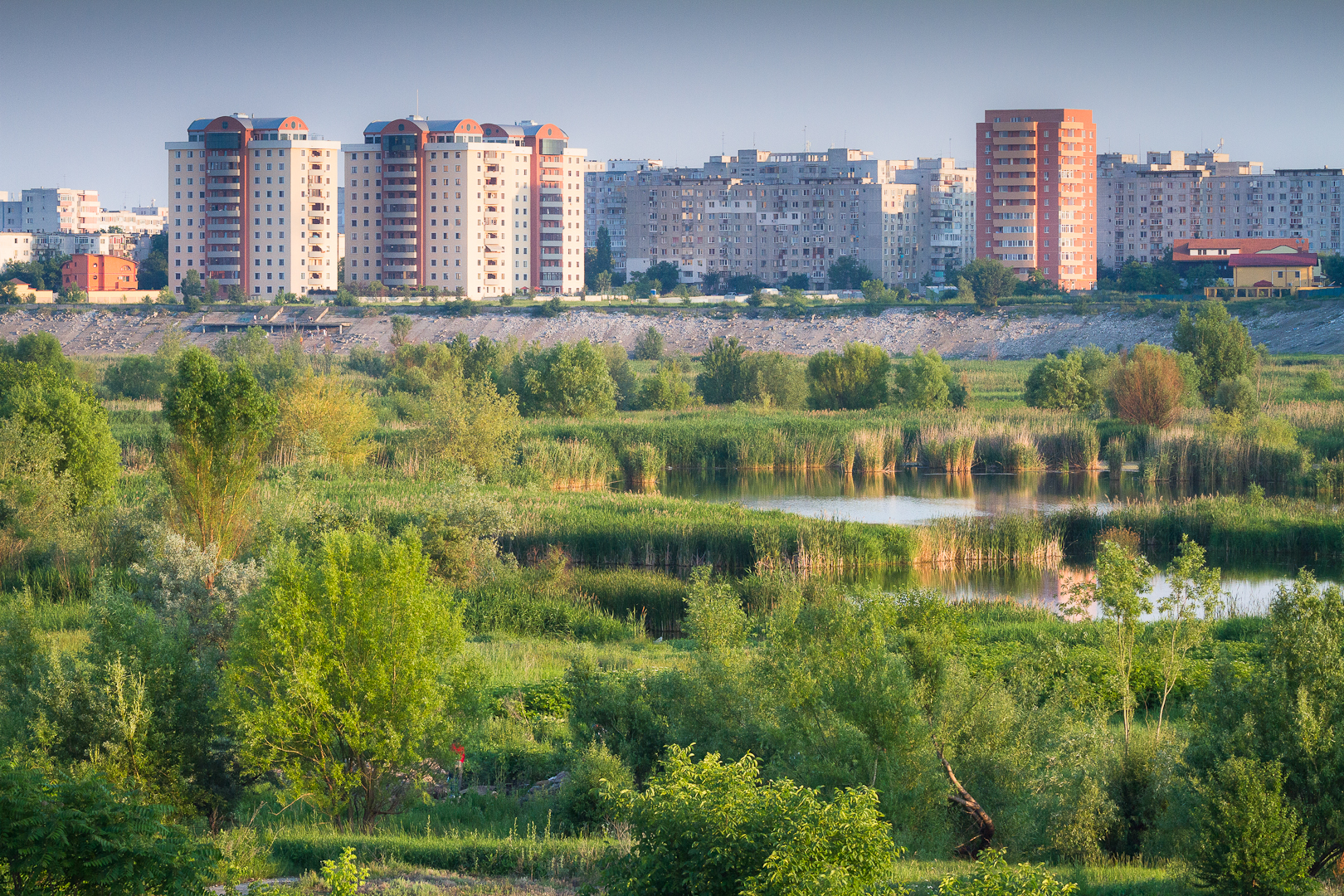|
Dristor
Dristor is a neighborhood located in the southeastern part of Bucharest, Romania. It is bordered to the north by Baba Novac Street, to the south by Răcari Street, to the west by Mihai Bravu Street, and to the east by Fizicienilor Street. Nearby districts include Dudești, Vitan, Văcărești, and Titan. The Dristor metro station is a major node of Bucharest Metro The Bucharest Metro ( ro, Metroul din București) is an underground rapid transit system that serves Bucharest, the capital of Romania. It first opened for service on 16 November 1979. The network is run by Metrorex. One of two parts of the large ...'s network. Before the 1960s, there were no apartment buildings in the area; however, the first buildings were completed between 1961 and 1963, at the same time when the Comuna 63 building was completed (they were part of the initial development of the nearby Titan housing estate). The houses were mostly demolished in stages and then replaced by apartment buildings la ... [...More Info...] [...Related Items...] OR: [Wikipedia] [Google] [Baidu] |
Dristor Metro Station
Dristor is a major metro station in Bucharest. It is located on the Bd. Camil Ressu – Șoseaua Mihai Bravu – Calea Dudești junction. The part of the station at the end of metro line 1 is called Dristor 2; the other half of the station is Dristor 1, where trains of metro line M1/M3 pass through. Having two separately named parts of the station can cause confusion for people because both parts of the station have metro line M1 either passing through, which occurs at Dristor 1, or terminating and beginning service at Dristor 2. Signs guide passenger to either terminals. Dristor 1 is where M3 service and through M1 service stops. It is above Dristor 2 and has one island platform. Dristor 2 has one island platform and is the terminus of line M1. A passageway at the south end of the platform connects it to Dristor 1. The station was opened on 28 December 1981 as part of the section between Timpuri Noi and Republica. On 17 August 1989, the section between Dristor and Gara de Nord ... [...More Info...] [...Related Items...] OR: [Wikipedia] [Google] [Baidu] |
Bucharest Metro
The Bucharest Metro ( ro, Metroul din București) is an underground rapid transit system that serves Bucharest, the capital of Romania. It first opened for service on 16 November 1979. The network is run by Metrorex. One of two parts of the larger Bucharest public transport network, Metrorex has an average of approximately 720,000 passenger trips per weekday (as of 2018), compared to the 1,180,000 daily riders on Bucharest's STB transit system. In total, the Metrorex system is long and has 64 stations. History The first proposals for a metro system in Bucharest were made in the early part of the 20th century, by the Romanian engineers Dimitrie Leonida and Elie Radu. The earliest plans for a Bucharest Metro were drafted in the late 1930s, alongside the general plans for urban modernization of the city. The outbreak of World War II, followed by periods of political tensions culminating with the installation of communism, put an end to the plans. By 1970, the public transport ... [...More Info...] [...Related Items...] OR: [Wikipedia] [Google] [Baidu] |
Apartment Building 63
Apartment Building 63, also called Commune 63 (Romanian ''Comuna 63'') is an apartment building located in the Dristor neighbourhood in the south-eastern part of Bucharest ( Sectorul 3) and it is the largest single residential building in Romania with a total of 950 one-room apartments, and holding just over 1,600 residents. The building is nicknamed the ''commune'' because of the large number of apartments that could house an entire village or commune, and because of the long corridors that stretch from one end of the building to the other and resemble a long country road. The apartment building has four staircases of 10 floors each and is built in the shape of a giant Z with an extension in the southern part of the structure. It is located near the Dristor metro station, a major node of the Bucharest Metro's railway network. History Apartment Building 63 was finished and opened in 1963 and was first intended to be inhabited by officers of the Romanian Armed Forces and of the Mini ... [...More Info...] [...Related Items...] OR: [Wikipedia] [Google] [Baidu] |
Vitan, Bucharest
Vitan is a neighborhood in southeastern Bucharest, Romania, along the Dâmbovița River. It is located in Sector 3, and lies between the Titan, Dristor, Centrul Civic, Olteniței, and Berceni districts. According to Dimitrie Papazoglu, its name comes from the Vitan Plain, where the cattle of the townspeople once grazed, while according to historian Adrian Majuru, the neighborhood's name comes from the name of a property owner, whose estate subsequently became a village that was later incorporated into the city. Though it is one of the oldest neighborhoods of Bucharest, it was for a long time notorious for its poverty. The Bucharest Mall is situated in the north side of the neighborhood. The now drained Văcărești Lake is located on the right bank of the Dâmbovița and the use of the of land owned by the state (evaluated to about $650 million) is still undecided. The neighborhood was mostly erased to allow for prefabricated apartment buildings to be constructed on their ... [...More Info...] [...Related Items...] OR: [Wikipedia] [Google] [Baidu] |
Bucharest Quarter Dristor
Bucharest ( , ; ro, București ) is the capital and largest city of Romania, as well as its cultural, industrial, and financial centre. It is located in the southeast of the country, on the banks of the Dâmbovița River, less than north of the Danube River and the Bulgarian border. Bucharest was first mentioned in documents in 1459. The city became the capital of Romania in 1862 and is the centre of Romanian media, culture, and art. Its architecture is a mix of historical (mostly Eclectic, but also Neoclassical and Art Nouveau), interbellum (Bauhaus, Art Deco and Romanian Revival architecture), socialist era, and modern. In the period between the two World Wars, the city's elegant architecture and the sophistication of its elite earned Bucharest the nickname of 'Paris of the East' ( ro, Parisul Estului) or 'Little Paris' ( ro, Micul Paris). Although buildings and districts in the historic city centre were heavily damaged or destroyed by war, earthquakes, and even Nicolae C ... [...More Info...] [...Related Items...] OR: [Wikipedia] [Google] [Baidu] |
Bucharest
Bucharest ( , ; ro, București ) is the capital and largest city of Romania, as well as its cultural, industrial, and financial centre. It is located in the southeast of the country, on the banks of the Dâmbovița River, less than north of the Danube River and the Bulgarian border. Bucharest was first mentioned in documents in 1459. The city became the capital of Romania in 1862 and is the centre of Romanian media, culture, and art. Its architecture is a mix of historical (mostly Eclectic, but also Neoclassical and Art Nouveau), interbellum ( Bauhaus, Art Deco and Romanian Revival architecture), socialist era, and modern. In the period between the two World Wars, the city's elegant architecture and the sophistication of its elite earned Bucharest the nickname of 'Paris of the East' ( ro, Parisul Estului) or 'Little Paris' ( ro, Micul Paris). Although buildings and districts in the historic city centre were heavily damaged or destroyed by war, earthquakes, and even Nic ... [...More Info...] [...Related Items...] OR: [Wikipedia] [Google] [Baidu] |
Dudești, Bucharest
Dudești () is a neighbourhood in Sector 3 of Bucharest. It is located in the south-eastern part of the city, along ''Calea Dudești''. Nearby neighbourhoods include Vitan, Văcărești, and Dristor. The neolithic Dudești culture ( 5th-4th millennium BC), which encompassed most of the Wallachian Plain and Dobruja, gets its name from this region of Bucharest, as this was the first place where its archeological remains were found. Originally a village, it was included in Bucharest as it expanded. Its name is related to the Wallachian aristocratic family of the Dudești, with an etymology leading back to the Romanian ''dud'', "mulberry tree" and the suffix '' -ești''. During the first reign of Alexander Mourousis as Prince of Wallachia, in the context of a bubonic plague outbreak, it became the site of a quarantined hospital for the afflicted. Unlike other nearby areas, most of the neighbourhood escaped Nicolae Ceaușescu's plans of demolition, though parts of it were demolish ... [...More Info...] [...Related Items...] OR: [Wikipedia] [Google] [Baidu] |
Titan, Bucharest
Titan () is a neighborhood of Eastern Bucharest, part of Sector 3. It surrounds the Alexandru Ioan Cuza Park, formerly known as "Titan", "I.O.R." (Intreprinderea Optică Română), and "Balta Albă" (The White Pond). The name of "Titan" comes from a cement factory located here in the 20th century. Starting with the 1950s, the development stage began. In the context of an acute housing crisis, the Titan was chosen for further city development as there were few constructions on it. Large industrial units were built in the vicinity. Construction lasted until the 1970s, when Alexandru Ioan Cuza Park was also built around the Titan lake. Titan consists mostly of housing facilities. Alexandru Ioan Cuza park (also known as Titan) is located in the center of the neighborhood. It is one of the biggest parks in Bucharest, with a total surface measuring over 85 hectares. The park is built around the Titan lake, which is divided in half by a road bridge and contains five small islands. T ... [...More Info...] [...Related Items...] OR: [Wikipedia] [Google] [Baidu] |
Romania
Romania ( ; ro, România ) is a country located at the crossroads of Central Europe, Central, Eastern Europe, Eastern, and Southeast Europe, Southeastern Europe. It borders Bulgaria to the south, Ukraine to the north, Hungary to the west, Serbia to the southwest, Moldova to the east, and the Black Sea to the southeast. It has a predominantly Temperate climate, temperate-continental climate, and an area of , with a population of around 19 million. Romania is the List of European countries by area, twelfth-largest country in Europe and the List of European Union member states by population, sixth-most populous member state of the European Union. Its capital and largest city is Bucharest, followed by Iași, Cluj-Napoca, Timișoara, Constanța, Craiova, Brașov, and Galați. The Danube, Europe's second-longest river, rises in Germany's Black Forest and flows in a southeasterly direction for , before emptying into Romania's Danube Delta. The Carpathian Mountains, which cross Roma ... [...More Info...] [...Related Items...] OR: [Wikipedia] [Google] [Baidu] |
Văcărești, Bucharest
Văcărești () is a neighbourhood in south-eastern Bucharest, located near Dâmbovița River and the Văcărești Lake. Nearby neighbourhoods include Vitan, Olteniței, and Berceni. Originally a village, it was incorporated into Bucharest as it expanded. Its name is related to the Wallachian aristocratic Văcărescu family, with an etymology leading back to the Romanian , "cow-herder," and the suffix '' -ești''. The Monastery and quarter The Văcărești Monastery, built by Nicholas Mavrocordatos in 1716, was located on the Văcărești hill, nowadays near Piața Sudului. It was demolished in 1984 during the regime of Nicolae Ceaușescu to make room for a Palace of Justice that was never built. It was the largest 18th-century monastery in Southeastern Europe and it had a church in the style of Curtea de Argeș Cathedral. It was also designed to be used as a fortress, and was seized in May 1771 by the Imperial Russian army, under commander Nikolai Vasilyeich Repnin, in the ... [...More Info...] [...Related Items...] OR: [Wikipedia] [Google] [Baidu] |


